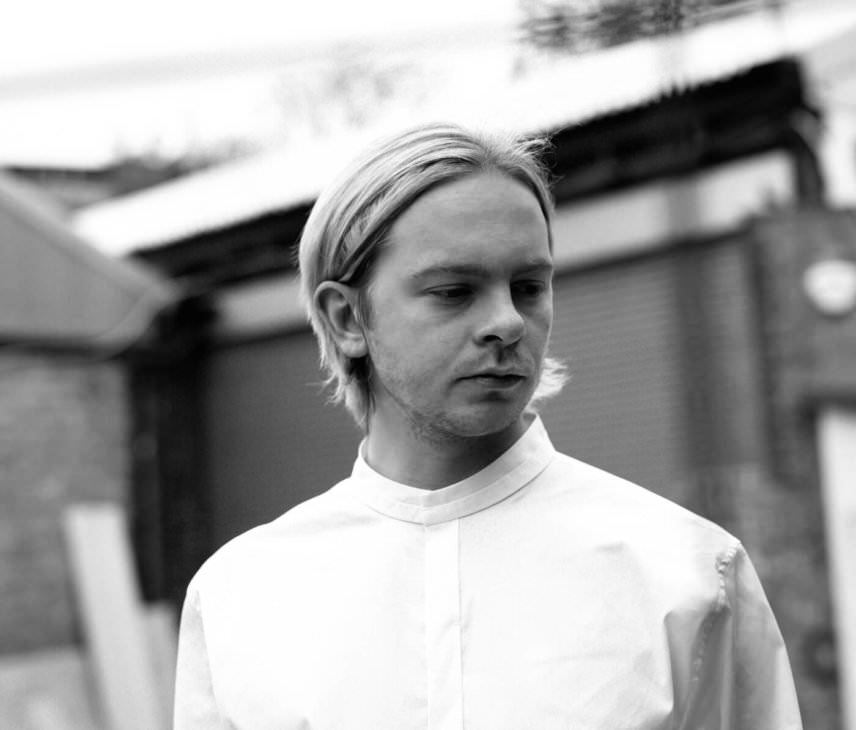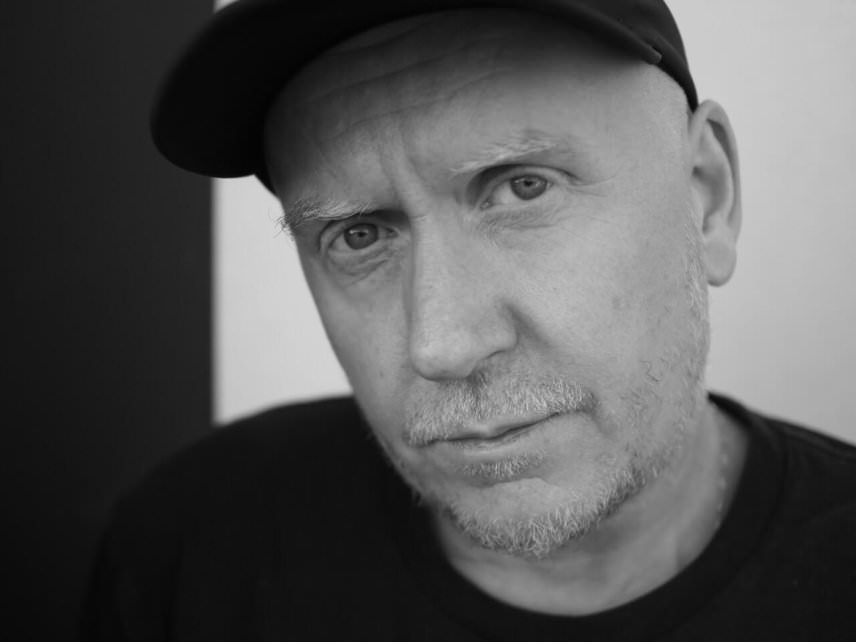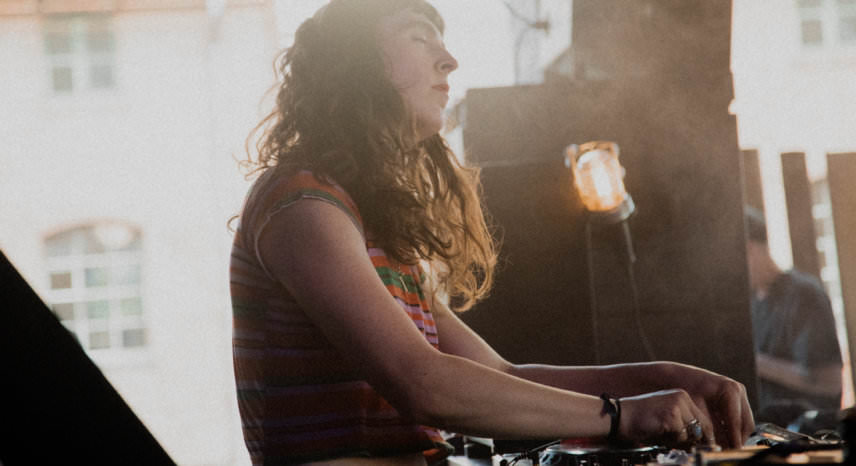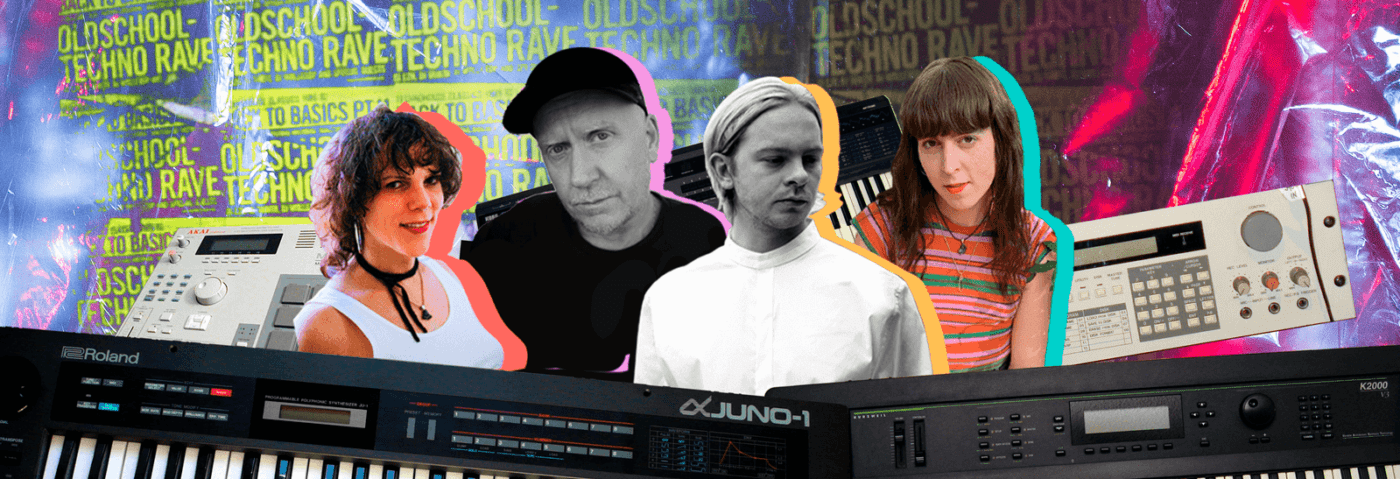Following on from part-one of our ‘Back To The Old School, Again’ article, we thought it would be interesting to ask our contributors Octo Octa, DJ Seinfeld, Radio Slave and Eris Drew for some practical production tips for those wanting to make rave or hardcore influenced music.
Rave and hardcore tunes are often deceptively simple, but like the very best dance music across all genres, sometimes it’s the simplest ideas that work the best. However, chopping up breaks, making a tune sound old and evocative whilst also still having the necessary impact on a big system, these are skills that require practise and dedication to do well. If you’d like an insight into how our contributors achieve their particular sound, then check out their hardcore rave production tips below.
Armand (DJ Seinfeld)
“I only use Ableton, but for that 90’s sound it really boils down to the drum machines I’d say. There are a lot of sample packs out there that sound more “real” than the ones in Ableton, and it brings out some nice edge. For effects, I use a lot of stuff from Meldaproduction. It’s so incredible. Then I run it through Izotope on the master channel to give it that radio quality boost. if you don’t want to spend too much money I honestly think the effects rack in Ableton goes a long way.”
“If you truly enjoy making it, keep it up. As with any style, if you want to make something that stands the test of time, add your flavour to it. I think hardcore and rave music has so much room for personality and humour to shine through.”

Matt (Radio Slave)
“It’s all down to having good samples (records), great ideas, and of course researching the past and having a good knowledge of this era. This goes for making any kind of music and I’m now using Ableton as my main DAW, back in the 90’s we had to do it all with hardware like the Akai S900 and the Kurzweil K2000 and it wasn’t easy.”

Maya (Octo Octa)
“I only bought one piece of gear so that I could have an unsampled Hoover patch and that’s the Roland Alpha Juno 2, but by no means was it a necessary purchase. I typically work in Ableton Live. I’ve been producing with that as my DAW for the past 14 years. Other pieces of gear used on the last album I made were a Korg DW-8000, vinyl/technics 1200mk2, and importantly two Korg Volca Keys (run through a little delay and reverb to open them up). These are mostly budget items of gear that I think are extremely great to work with but not needed. I would record everything into Live and then edit on the computer. I don’t think it’s required to get gear from an era to recreate the sound because what’s the point in recreating it? I think it’s more powerful to use inspiration from the era to make your music then make sure it sounds like it came out of it.”

“I personally do not approach a track with the idea to give something a “fresh edge”, but I also am never trying to retread things someone else has done or something I have done. Typically I feel like other people have made great versions of the thing they’re doing if I had the feeling that I wanted to do the same but add a twist. That approach doesn’t make sense to me and I typically feel like if I was wanting to copy them then they’ve already done a wonderful job and I don’t need to chase that to “improve” on it. Listening to other people and then trying to do my own thing isn’t really my approach anyways since I make emotional and autobiographical music. Simply, I chop up breaks in a way that sounds good to me and that’s it haha! All I know how to do is make what I make and I try to make it as good as possible. I think that’s a pretty good approach for everyone.”
Eris Drew
“It is as much about how I don’t use my samplers. For example, I don’t time stretch, use splicers, or “fix” the timing issues in my rhythm samples. I want the groove to be loose, like hip hop and the most vibrant hardcore tunes I love. So I preserve the drummer’s timing and let the pitch change as I speed up and slow down the samples. To get my timing right I usually beat match the record to my song by hand, just like I would DJing live, and then hit record on my sampler. This way, even if I sample a square house beat it still isn’t perfectly on the grid. As far as equipment, I love my MPC 2000 XL as much as my EXS24. I love my Mellotron plug-in as much as my vintage Chroma Polaris. I never met a synthesizer or sampler I didn’t like.”
“My approach is to simply take all the music I love and use it as an inspiration to write songs that move my heart. For example, songs like ‘Hold Me’, ‘Trans Love Vibration’, and “See You In Snow” include sampled breakbeats alongside traditional keyboard instruments like clavichords and organs. ‘Trans Love Vibration’s’ skeletal reverberated sound owes as much 50’s Doo-Wop production as it does to house and hardcore. Instead of trying to innovate with new plug-ins and other technology, my approach is to make each song about something real and particular. That is something which sets my songs apart from a lot of the hardcore and rave dance tracks which influence them. As one example, ‘See You In Snow’ is a song about a hallucination I experienced one night when I was tripping on mushrooms and missing my partner, Maya (Octo Octa).”
“Think about the energy and intensity of hardcore and rave more than the individual sounds. Make your maniac hardcore out of anything you want, just like the originators did before you.”

